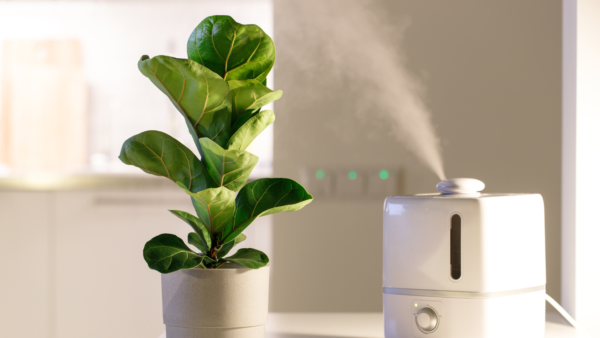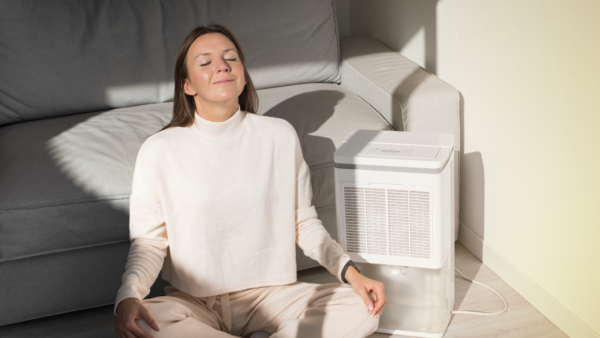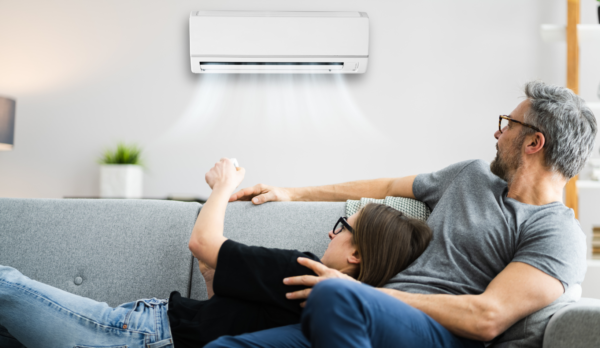The direct function of the recuperator is to mechanically replace indoor air with fresh air. In new A+ or A++ class homes recuperators is a common convenience designed for you by construction companies, ensuring healthy air that will not grow mold, bacteria, or accumulate condensation. However, when building an individual house, you usually have to take care of ventilation yourself, so we will briefly tell you how to choose a recuperator by discussing their types and differences.
Table of contents
Types of recuperators
A recuperator is a device in a recuperation system., which returns heat and ensures constant air circulation. One of the most important parts of the recuperation system – a heat exchanger whose job is to extract warm air from the room and transfer it to fresh, colder air from the outside that is coming into the room. One of the main efficiency criteria is the heat return to the room, this measure is expressed in percentage. According to the principle of operation of the heat exchanger, the types of recuperators are divided into two main centralized systems – rotary and plate recuperators.
Rotary heat exchanger
These recuperators have a moisture transfer function that regulates the rotor rotation speed according to the current temperature and the amount of moisture returned to the supply air, so they do not require additional condensate drainage. The air extracted from the room travels through the rotor tubes and warms them, the cold air taken from the outside is warmed by flowing through such tubes, and the cooled tubes end up on the other side of the disk, where the exhaust air warms them again.
The amount of moisture retained is relevant during the winter period when the air in the rooms becomes dry. Another advantage of a rotary heat exchanger is that it practically never freezes, while some plate heat exchangers must be turned off in extremely cold weather to warm up the heat exchanger. Rotary heat exchangers are also smaller and can be installed more compactly.
Such recuperators have a high heat transfer coefficient, not only heat, but can also cool the air, as well as filter dust, allergens, and other harmful particles. However, due to the mixing of exhaust and supply air flows in the heat exchanger, they are not recommended for restaurants or medical institutions.
Plate heat exchanger
The supply and exhaust air in these recuperators do not mix, making them an excellent choice where very strong odors are generated. The air flows do not mix due to the movement of the plates between those flows - heat is transferred through the plates, and the supply and exhaust air flows remain completely isolated, so the air entering the room is heated using only the heat of the exhaust air.
Although it is said that this type of equipment is not very suitable for our climate because it can freeze, the new generation of plate heat exchangers can work down to -20 ohC. Often, the air coming from outside is first heated by a heater, or another technology is used - thanks to a heat exchanger, the ventilation speed is reduced, which results in a reduction in the air flow coming from outside, thus saving electricity costs. However, such control of the recuperator is slightly more expensive.
This type of recuperator also has a counter-cross-flow heat exchanger, which is so called because the cold and warm air flows side by side, but in opposite directions through separate channels, which allows the warm air to transfer some of its heat, and the separation of the air flows ensures that the fresh air does not mix with the extracted air. Radiators installed in the supply and extract channels drive a non-freezing liquid through pumps, which is heated by the exhaust air. The liquid is then fed to the supply air radiator, and the cooled liquid is fed back to the extract air channel for heating.
Mini recuperator
Mini recuperator is most often chosen in cases where the building structure or space limitations do not allow the installation of larger, standard-sized recuperators. This solution is especially suitable for apartments, cottages, smaller offices or commercial premises where a heat and air renewal system is required, but there is limited space and the possibility of installing external equipment. The most important advantages of mini recuperators are compact size, easy installation and the ability to integrate into an existing or new ventilation system.
However, it is worth noting that mini recuperators have limited airflow capacity and their operating efficiency is lower than larger recuperators. Therefore, they should be selected based on the specific need and size of the premises. If you need to process a larger airflow or service larger premises, it is recommended to choose larger recuperators or other ventilation solutions. There is no single answer to what the best mini recuperator is on the market, but when choosing from more expensive models, the most important things to consider are operating volume, energy efficiency, and automatic control capabilities.
Does the apartment have necessary recuperator?
It depends on many factors, and for what reasons you may need a recuperator, but the larger the area of the premises, the more difficult it is to ensure air circulation in them. If the dwelling is smaller in size and has windows on the opposite sides, i.e. there is a possibility of at least minimal draft, then acoustic vents can be installed, if the problem is high humidity and mold growth, a dehumidifier without an additional ventilation source would also help in such a case.
We hope that after reading this text you will have a clearer picture, is a rotary or plate heat exchanger more suitable for rooms, or maybe a counter-flow heat exchanger? However, we suggest contact specialists who will advise you on which recuperator to choose in your case.






